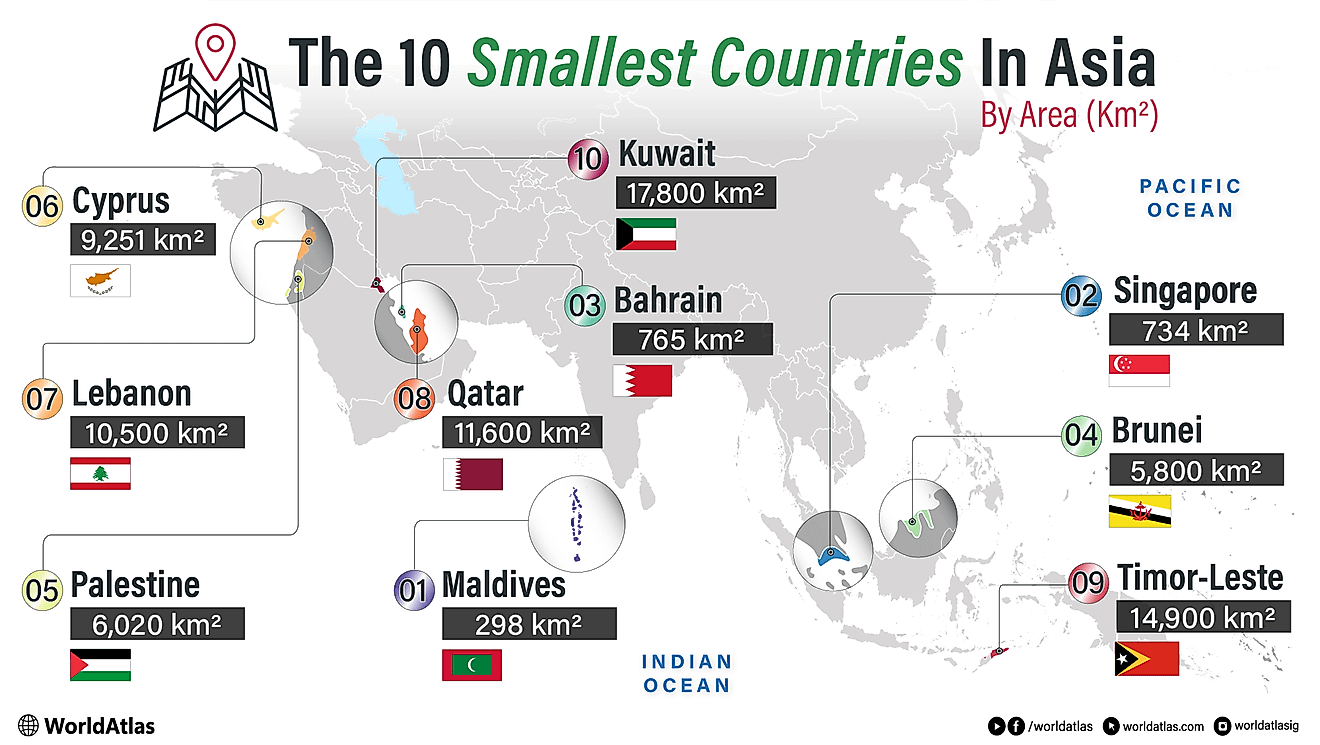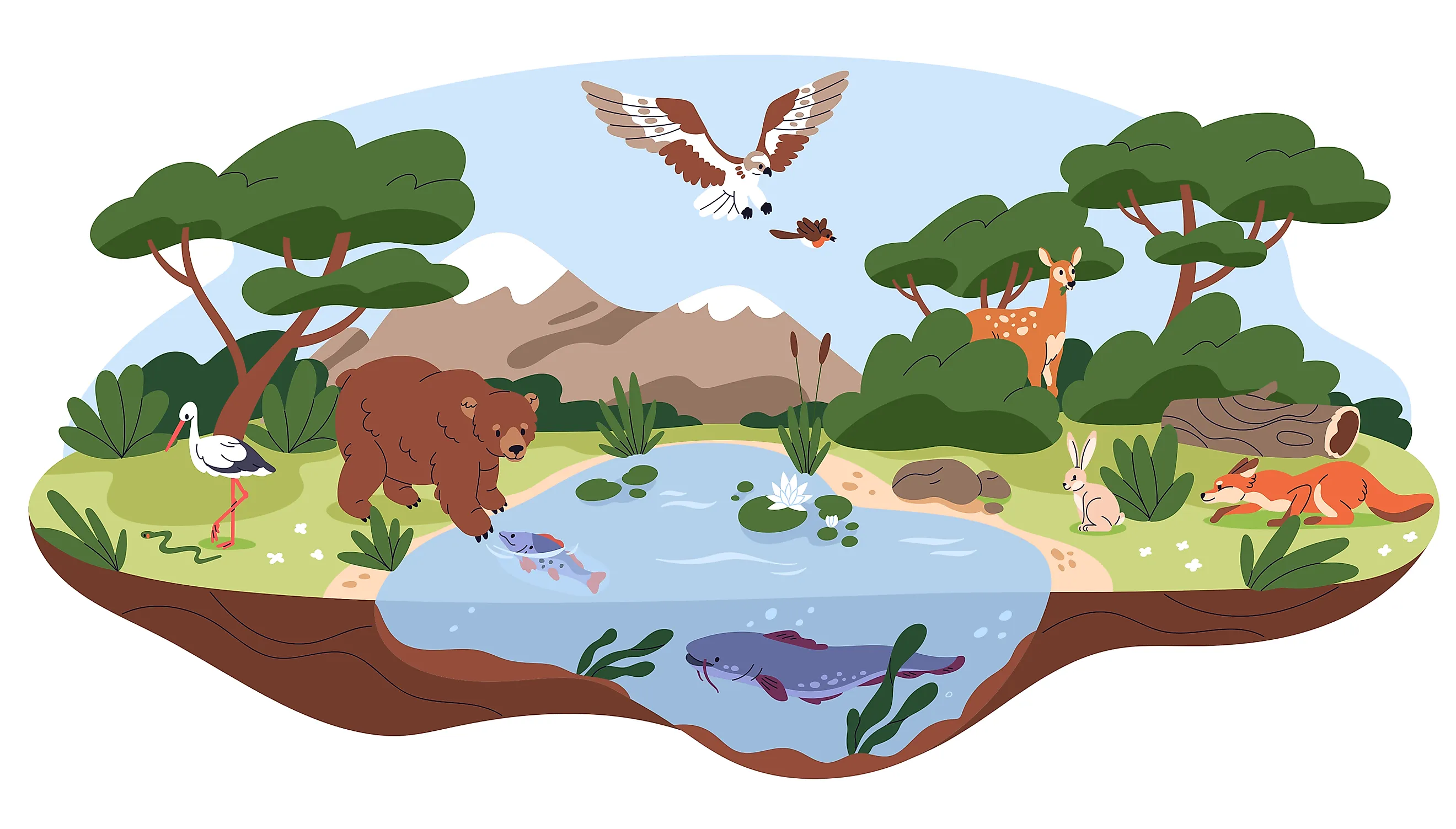
What Is The Biosphere?
Also referred to as the "Ecosphere," the biosphere is a relatively thin zone of the Earth's surface that supports life. The word "biosphere" was initially used in 1875 by the Austrian geologist Eduard Suess to refer to the region of the Earth where life can be found. The biosphere encompasses everything from the deepest tree roots to the shadowy depths of the ocean, lush rain forests, and lofty mountaintops. Therefore, whether life is found on the Earth's surface, high up in the air, or below the ground, everything forms a part of the greater biosphere. In this way, the biosphere blends with the three other spheres of the Earth, namely the atmosphere, the lithosphere, and the hydrosphere. Thus, the biosphere can alternatively be defined as the total of all the ecosystems on Earth.
Why Is It Called Biosphere?
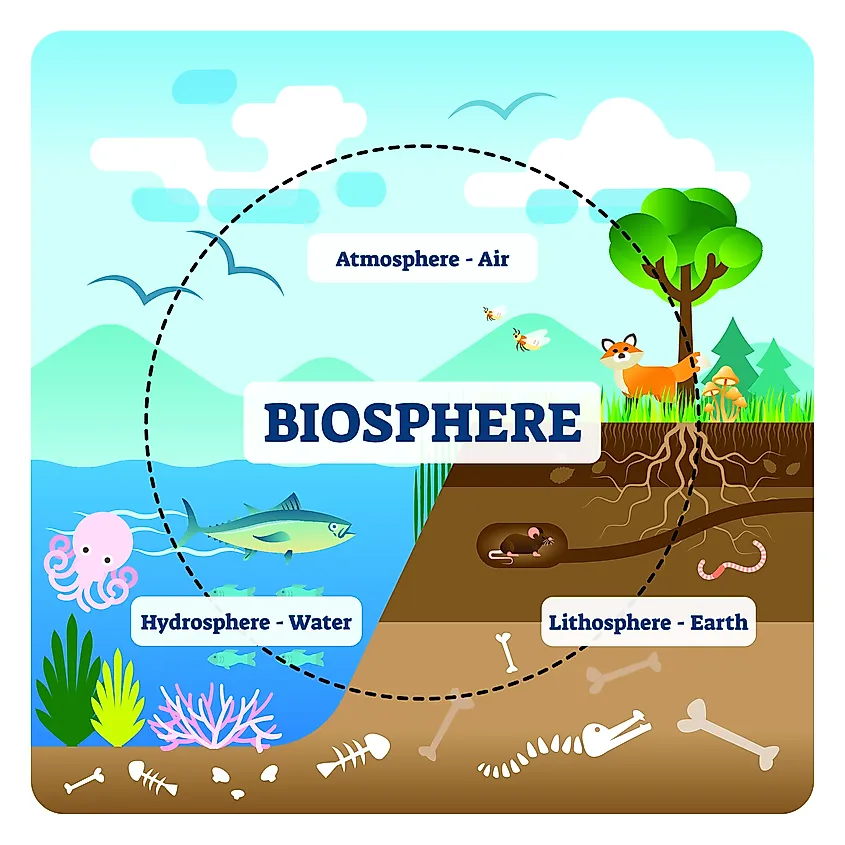
The Greek words "bios" for life and "sphaira" for the shape of the Earth are the origins of the word "biosphere." More than a century ago, the Austrian geologist Eduard Suess used the term "biosphere" for the first time in his four-volume work Das Antlitz der Erde, or "The Face of the Earth." The only explanation Suess could offer at that time for the existence of marine fossils in the mountains was that the waters of the Tethys Ocean had flooded the entire Earth, not that the continents had actually moved apart and transformed. At the time, no one understood plate tectonics. Eduard Suess created the term "biosphere" because he believed it was crucial to try to understand life entirely as opposed to focusing on specific organisms.
Components Of The Biosphere
The biosphere comprises three components: lithosphere, atmosphere, and hydrosphere. However, not all of them are home to or are inhabited by living organisms. Only those portions are regarded as a component of the biosphere where life is found and sustained.
Lithosphere
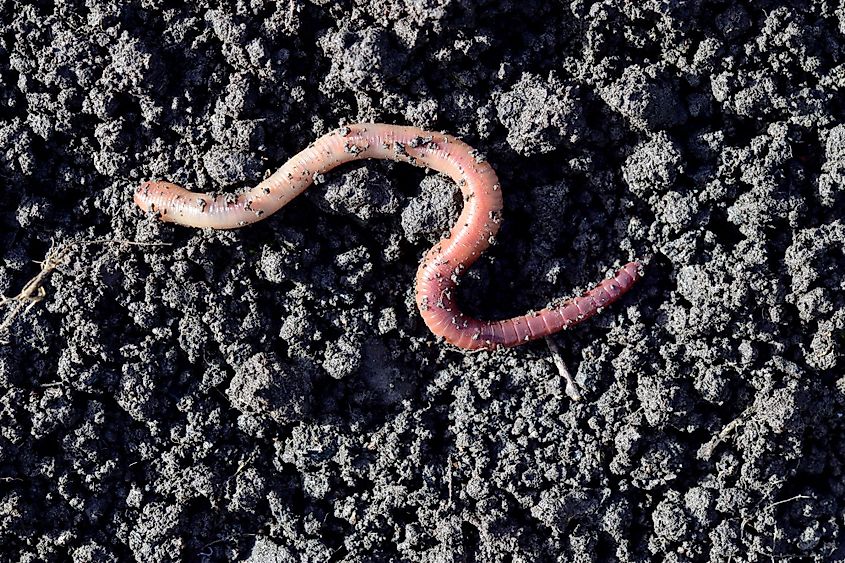
The lithosphere is referred to as the biosphere's terrestrial component. The lithosphere comprises solid landmasses like the continents and islands. The Earth's lower mantle and core are the only parts that do not support life and are not, therefore, a part of the biosphere. All other parts support life, from the microorganisms, and tall trees, to the largest animals, by giving them proper shelter and nourishment.
Atmosphere
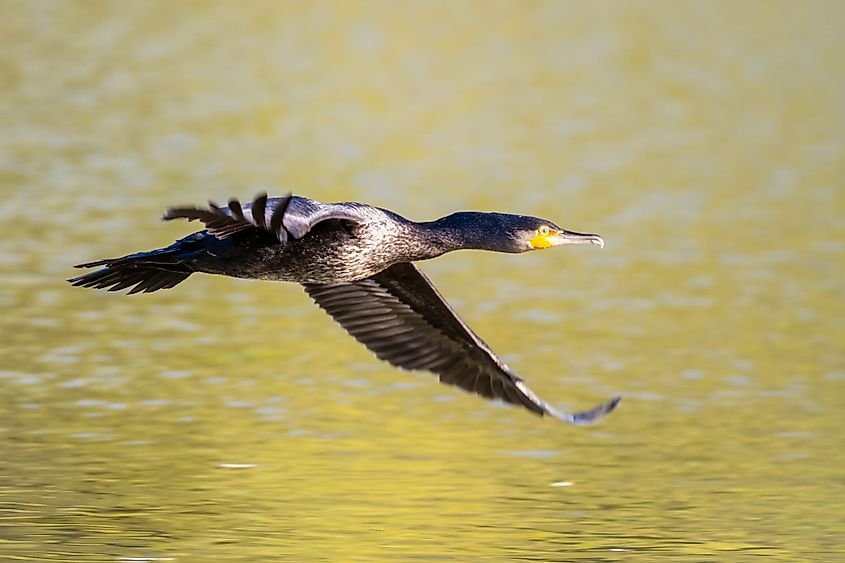
The gaseous covering above the Earth is referred to as the atmosphere. It contains a variety of gases, including carbon dioxide, oxygen, and others, to support the continued existence of living things like plants, animals, and humans. However, the top part of the atmosphere has a low oxygen content. In addition to providing gases for respiration, the atmosphere, which is a component of the biosphere, has a specific function in shielding living things from the sun's damaging UV radiation.
Hydrosphere
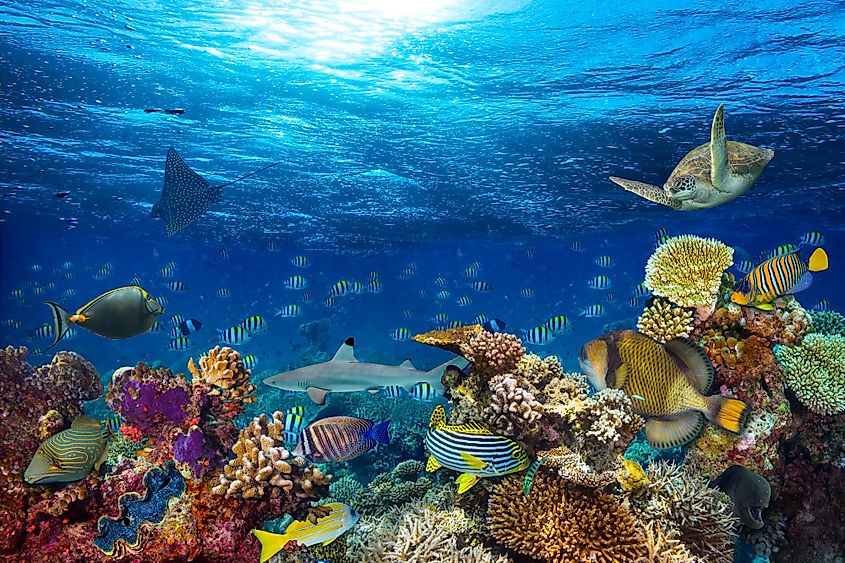
All the waters on Earth form a part of the hydrosphere. The ocean, lakes, rivers, snow, glaciers, the water beneath the Earth's surface, and even the water vapor found in the sky are examples of the different types of water found on Earth. Numerous plants and animals can be found in the hydrosphere, which is thought to occupy about 70% of the Earth's surface. The hydrosphere, which supports life, also plays a crucial role in regulating the Earth's temperature.
What Affects The Biosphere?
The biosphere is continually changing and strongly influenced by living and non-living things. Several factors like the tilting of the Earth, natural disasters, climate change, etc., are thought to affect the biosphere.
Tilting Of Earth
The tilting of Earth significantly impacts the biosphere. The Earth’s tilt contributes to seasonal climate variation, making one side of the Earth temporarily cooler while the other half stays warmer for a period. The seasons are one of the most important physical factors determining what kind of species will prosper in a specific area.
Natural Disasters
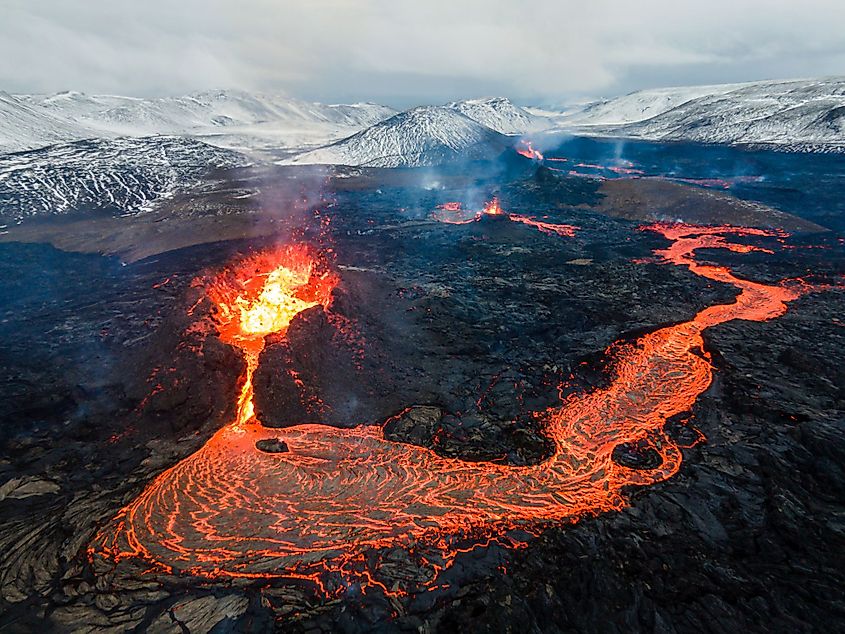
The biosphere can also be significantly affected by natural disasters. Volcanic eruptions, for instance, can alter life on land by ejecting gases, lava, boulders, and ash that devastate ecosystems. On the ocean floor, volcanic eruptions can raise the temperature of the water nearby. The biosphere is also damaged by other natural calamities, including earthquakes and floods.
In addition to the above factors, some other factors that affect the biosphere include climate change, variations in temperature, humidity, precipitation, and erosion, which alter the environment around living things.
Importance Of The Biosphere
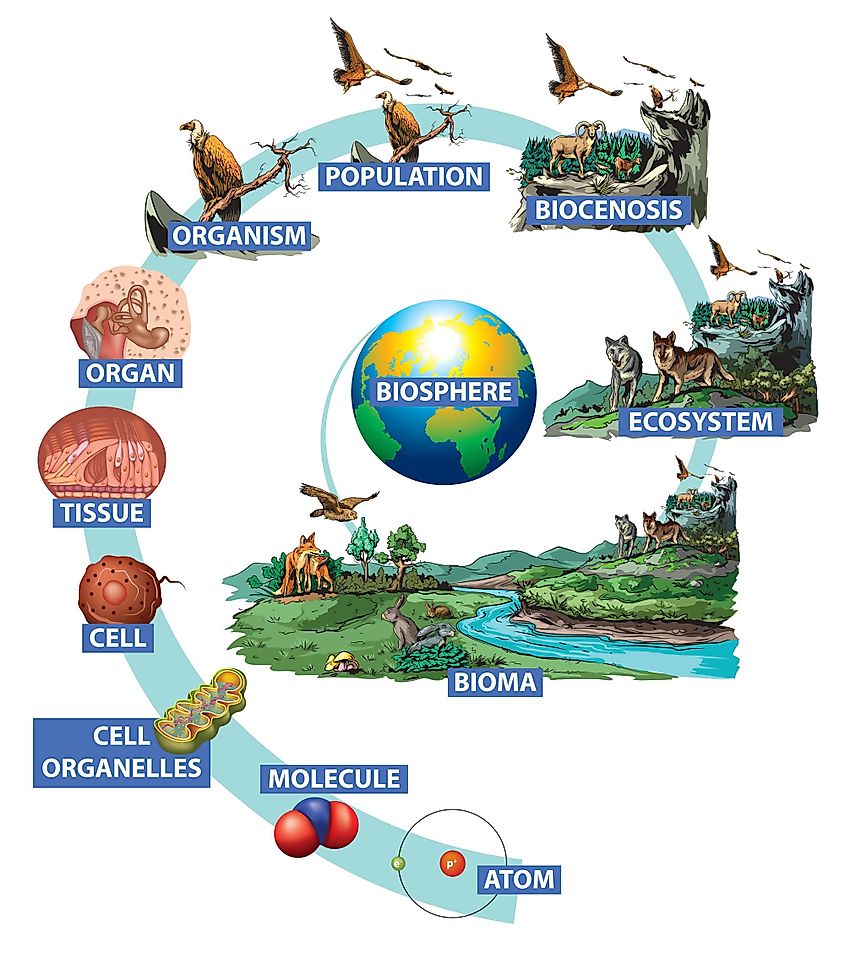
The Biosphere provides the ecosystem required for survival and functions as the Earth's life support system. Therefore, any slight change in the Biosphere can significantly impact the lives of living organisms.
Promotes Life On Earth
The Biosphere is the actual biological layer that covers the surface of the planet. Rivers, seas, lakes, oceans, and even the lowest point in the atmosphere are all included in this, along with the thinnest layer of the Earth's crust. The harmony between these components makes it possible for life, including human life, to exist on Earth.
Produces Organic Matter
Almost all biochemical processes that result in the formation of organic matter across the whole carbon cycle, involving both terrestrial and oceanic substrates, are carried out by oxygenic photosynthesis, which happens in the Biosphere. In addition, the Biosphere also helps in recycling nutrients that are crucial in sustaining life on the planet.
Provides Food
All living things need food to survive. The Biosphere plays a vital role in providing food for different living organisms.
